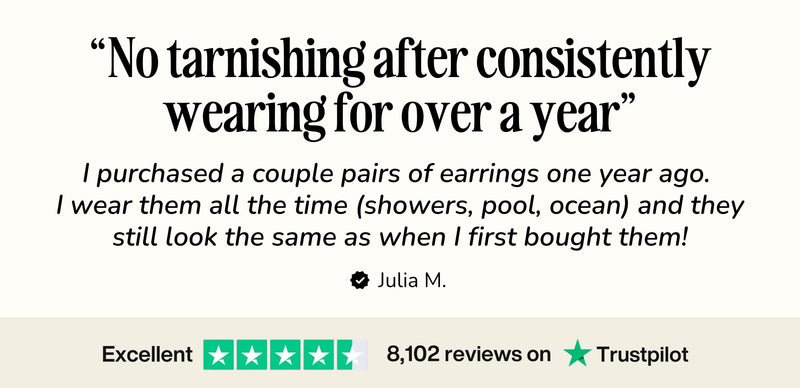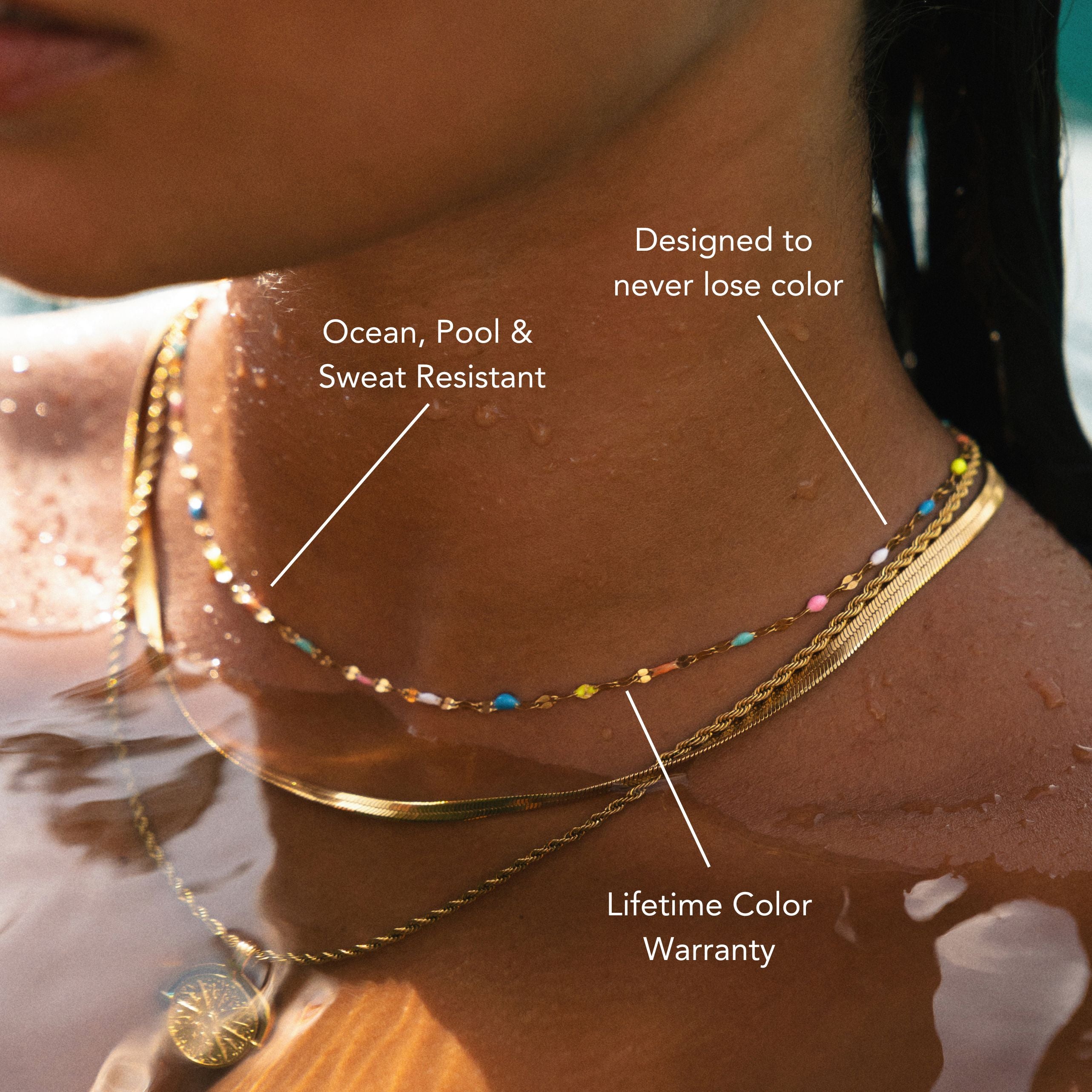Everything You Should Know About Coral Bleaching
Coral reefs are one of the most integral living creatures on the planet. Not only do they provide shelter for various types of fish, but they also serve as a contributing factor to prevent various types of catastrophes and pollution around the world. Unfortunately, despite their importance to various marine creatures, the importance of coral reefs bleaching over the years is dwindling.
Why is that? Human activities such as water pollution, overfishing, overexploitation have come a long way in destroying various coral reefs worldwide. Coral reefs bleaching is one of the leading causes of mass deaths within our reefs. So what is coral reefs bleaching?
If you want to preserve and protect our marine life, here is everything you should know about coral reefs bleaching.
What is Coral Bleaching?
One of the reasons why coral reefs are colorful is due to the marine algae called zooxanthellae. This type of marine algae lives inside their tissues, making their colors vibrant and alive. Zooxanthellae is the source of food for all types of coral reefs around the world. Combined with photosynthesis, it allows them to thrive in various environments and will give them the energy to reproduce.
However, when corals are stressed from various factors such as warming of the ocean, pollution, or heat, coral reefs react by expelling these algae out in the water. When these algae leave a coral reef's body, they are nowhere near their vibrant and stunning colors.
This part is known as coral reefs’ bleaching. Although some corals can feed on various food sources, they can’t thrive easily without zooxanthellae and will soon lead to their demise.
What Triggers It?
The primary triggering factor of coral reefs bleaching is global warming. This means that whenever ocean temperature rises, even as low as 2 Fahrenheit, it has a catastrophic effect on coral reefs as it can easily drive out these algae. On the other hand, there are also other triggering factors such as pollution, sunlight exposure, and extremely low tides.
Does Coral Bleaching Matter?
Yes, it does matter. This is mainly because it takes a considerable amount of time for coral reefs to recover, let alone reproduce. When there are only a few of them left, the situation doesn’t make them suitable to reproduce, making it harder to multiply. Coral reefs don’t grow overnight, and it takes a substantial amount of years to call them a reef.
Bleaching matters because it can affect all walks of life on the planet. From various creatures, marine life, ecosystem, human life, and the entire planet. So, if we humans can mitigate this worldwide phenomenon, we might trend to the right path.
Impact of Coral Bleaching
Now that you know about coral reefs' bleaching, perhaps you must also know its impact on marine life.
Wildlife
Thousands of marine life can be greatly affected if coral reefs bleaching persists. Thousands of marine creatures rely heavily on coral reefs for shelter and food. Marine creatures such as crustaceans, turtles, fishes, crabs, and many more rely on coral reefs for survival.
Coral reefs are one of the most diverse ecosystems on the planet. Aside from providing shelter to various organisms, it also acts as spawning and breeding grounds for many species. If coral reefs aren’t thriving, it may be difficult for various species to spawn or breed as it is not a viable area to breed.
Furthermore, coral reefs are the primary food source for creatures at the bottom of the food chain. If they are gone, it will have a snowball effect on various creatures and face the risk of extinction.
Humans
There are a lot of negative things persistent coral reefs bleaching does to the human community. Coral reefs are one of the barriers in absorbing the harshness of nature, such as tidal waves, storm surges, and just keeping the entire coastal community free from this catastrophic event, or if not, reduce the impact these events do in our community.
Without them, it would be hard for various countries to build seawalls as they are relatively expensive. Coral reefs are natural barriers. Even though they develop far slower than most organisms do, their impact is quite big, to say the least. Man Made sea walls are truly expensive, and if you compare them to coral reefs, they are far less efficient than corals.
When coral reefs are bleached or damaged, it detaches various links to each food web, thus depriving different kinds of fishes and crustaceans of having a haven for predators and spawning grounds. As a result, those animals who rely on those prey are greatly affected, and the primary source of food for humans might not be as abundant as it was before.
Lastly, coral reefs support various eco-tourism around the world. It provides thousands of jobs and adds billions of dollars each year in revenue. If corals are bleached, many people relying on reef tourism might not be able to work anymore and provide for their families.
How Can We Help?
Humans as we are, there are a lot of options if you want to help. Support various organizations around the world, do coastal cleanups, educate young ones, and even the elderly.
There’s still hope that our son’s son can enjoy the life we enjoyed, thanks to the benefits of having corals in our world. However, we must act now before it is too late to save what is already left of them.
The first thing to do is address climate change. As mentioned earlier, one of the triggering factors of coral reefs' bleaching is the sudden temperature change. If this factor can be addressed, then we have something to look forward to in the future.
Final words
Coral reefs are, without a doubt, some of the most diverse ecosystems in the world. Without them, marine life is greatly affected, but so do the coastal communities and the entire world.
We, as humans, should do everything to protect these natural barriers as they act as safeguards for us humans. In return, we should do whatever it takes to protect and conserve them for the years to come.
Here at ATOLEA, we support Ocean conservation charities as a way of giving back to the marine lives. Part of our profit from your purchase on our Waterproof jewelry goes to charities that aims to preserve the natural habitat of the marine lives.
So support us here now by wearing our wide selections of Beach jewelry and start making a difference for the Ocean!




















Leave a comment
This site is protected by hCaptcha and the hCaptcha Privacy Policy and Terms of Service apply.